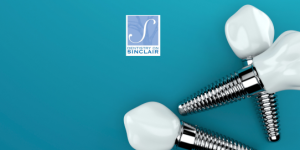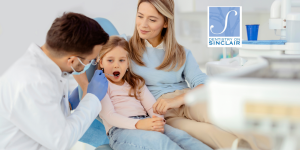
Family Dentist in Acton: How to Choose the Right One
Finding an Acton family dentist will be important to maintain your family’s oral health. A family dentist provides dental care for patients of all ages,

Finding an Acton family dentist will be important to maintain your family’s oral health. A family dentist provides dental care for patients of all ages,

Missing teeth can affect more than just your appearance; they can impact your overall oral health and self-confidence. At Dentistry on Sinclair, we believe that

Choosing the right family dentist is an important decision that impacts the oral health and overall well-being of your entire family. Whether you’re new to
Dental emergencies can happen at any time, often without warning. Knowing how to handle a dental emergency can make a significant difference in the outcome
Courtesy of Ontario Ministry of Health and Long-Term Care In the past, you were able to get your prescription narcotic or other controlled substance medication
Baby-bottle tooth decay is a serious, but preventable, condition. It can occur when teeth are exposed to the sugars from carbohydrates for long amounts of
Bad breath is caused by conditions in your mouth and is exacerbated by what you eat and how often you clean your teeth, tongue and
Protect Your Smile Back to school is quickly approaching and more kids will be back into sports. It is important to use a mouthguard during
Cavities in a child are often called early childhood tooth decay. When your child’s teeth are repeatedly being exposed to sugars for a long period
Dentistry on Sinclair is pleased to announce the launch of our High Risk Caries Program. The High Risk Caries Program is a 10 to 12

At Dentistry on Sinclair, we provide comprehensive dental and oral health care for you and your family. Our personalized approach and extensive experience allows us to help you achieve a healthier, more beautiful smile.
With you and your family in mind, we provide comfort, convenience and care for all your dental needs.
